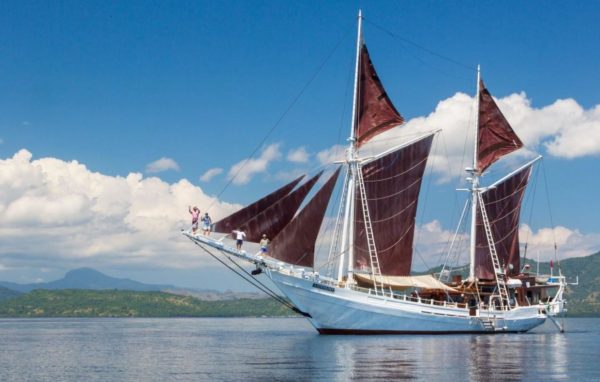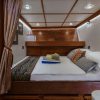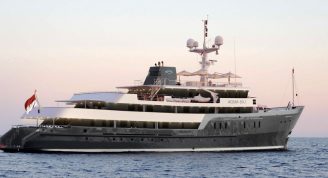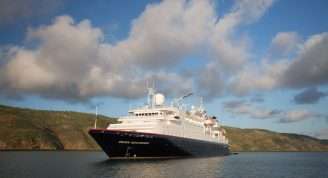Description
This trip from Flores to the spice entrepot of Ambon in the Moluccas islands offers a fascinating look at the colonial history of Indonesia and its role in the international spice trade during the 17th century. This 12-day tour travels in an eastward arc capturing the maritime route of the early colonials who traversed the Indonesian waters in search of the precious spices found within this small band of islands. As we cruise through the Lesser Sunda islands you will be transported back in time as you learn about historic outposts, visit the colourful native villages, experience the marketplaces, and smell the aroma of the spice orchards. These unforgettable on-land excursions will be matched by the sea as the Ombak Putih wends her way through stunning volcanic islands interspersed with stops at pristine beaches giving guests ample time to swim and snorkel in some of the richest and most magical waters in the world.
Note: As we would like to start early we suggest our guests arrive in Maumere (Flores) a day before the cruise starts in order to enjoy the full programme. A pre-cruise option visiting the Ende region in Flores and the famous Kelimutu volcano, known for its three-coloured crater lakes, is available on request. The price of this cruise does not include any domestic airfares to and from our start and end points. If you are booking by yourself, please check with us first to find out the best routes to take, and to ensure that you arrive at your destination with plenty of time to spare. In particular, do not book morning flights out of Ambon on the last day of the cruise. Except for Bali, transfers to and from local airports to the boat are included.










